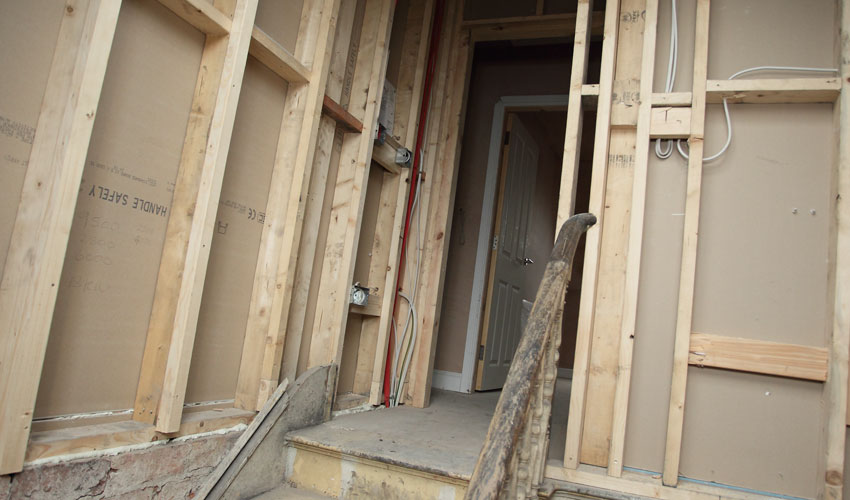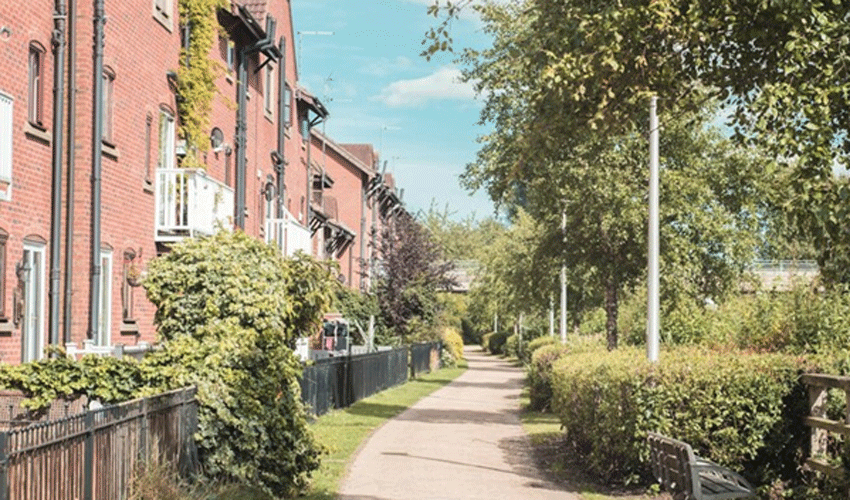
East Riding of Yorkshire Council will remove two sunken vessels from the River Hull as part of a joint strategy to manage flood risk in the River Hull valley.
Around 20 sunken vessels were identified as causing obstructions in the river and it was decided by the then River Hull Advisory Board that they be removed, as part of plans adopted in July 2015, in order to increase the flow of the river.
The council has arranged the necessary permits with the Environment Agency and Marine Management Organisation to remove the first two vessels on Monday, 19 and Tuesday, 20 September and has appointed River Canal Rescue, a salvage expert on the inland waterways, as the contractor tasked with undertaking the works.
A programme to remove the remaining vessels will be agreed for 2017 and carried out during the period June and September so as not to disturb lampreys, a protected species of fish which live in the River Hull.
Graham Stuart MP, chair of the new River Hull Board, said:
“This marks an important milestone in delivering the pioneering River Hull Integrated Catchment Strategy and I am delighted to see our plans translating into action; they will help reduce the risk of catastrophic flooding for local homes and businesses.
“Clearing the riverbed of sunken boats is part of the multi-million-pound plan to speed the flow of water down the river, which could make all the difference the next time there is very heavy rainfall.
“I want to thank all the partner organisations that have come together to make this happen – it marks a real victory for all those who have campaigned for practical action to protect our communities.”
Councillor Symon Fraser, cabinet portfolio holder for asset management, housing and environment at East Riding of Yorkshire Council, said:
“The removal of the first two sunken vessels in the River Hull is an important step in realising the ambitions of this strategy and is an excellent example of how a number of organisations can work together to improve the lives of local residents.
“Flooding in the River Hull valley represents the second biggest risk to our area, with the first one being flooding from the Humber Estuary, and the council takes its responsibilities in reducing the risk of flooding for both local communities and businesses seriously.”
Stephanie Horton, managing director of River Canal Rescue, commented: “We are delighted to assist in bringing this project to fruition; we are also using local businesses to support the salvage operations and hope that as we move forward with the clearing of the river Hull, it will benefit the local community in many ways.”
As well as the removal of the sunken vessels, the then River Hull Advisory Board examined a number of options, culminating in a strategy which recommends a £45million package of works over the next five years as well as continued investment in existing flood defences in order to reduce flooding risk to residents and businesses in Hull and the East Riding.
The strategy proposes a range of actions that will:
• make “more room” in the River Hull by using the tidal surge barrier to exclude tides during prolonged rainfall while in the longer term, when the barrier has reached the end of its design life it may be replaced by a new or improved structure that deals with both tidal flooding and river flooding
• increase river flows by removing around 20 sunken vessels that are shown to be causing severe obstructions, plus periodic dredging of sections of river – something not done for decades
• undertake work at pumping stations at Great Culvert, Hedon Road, Bransholme, Wilfholme and Hempholme
• raise banks at low spots on sections of the Holderness Drain and Beverley and Barmston Drain as well as some of their tributaries
• encourage landowners on higher ground to retain surface water on their land through a variety of land management techniques so that it takes longer for rain water to reach the river.
For more information on the strategy go to www.eastriding.gov.uk/riverhull













Is this just a publicity stunt for ERYCC as the 2 vessels are small sunken pleasure boats at the tickton boat club and not the large boats further down stream that take up most of the river
You are aware that increasing conveyance in rivers, i.e. shedding water as fast as possible downstream, is exactly what has been causing almost all the flooding problems in the UK? The River Hull Valley is disconnected from the river and so are its flooding problems. This will make absolutely no difference in terms of flooding in Beverley and neither will the dredging. Any competent drainage engineer knows this.
A complete and utter waste of money, plain and simple.